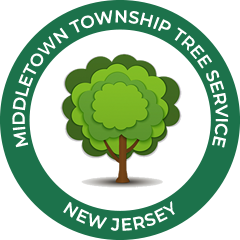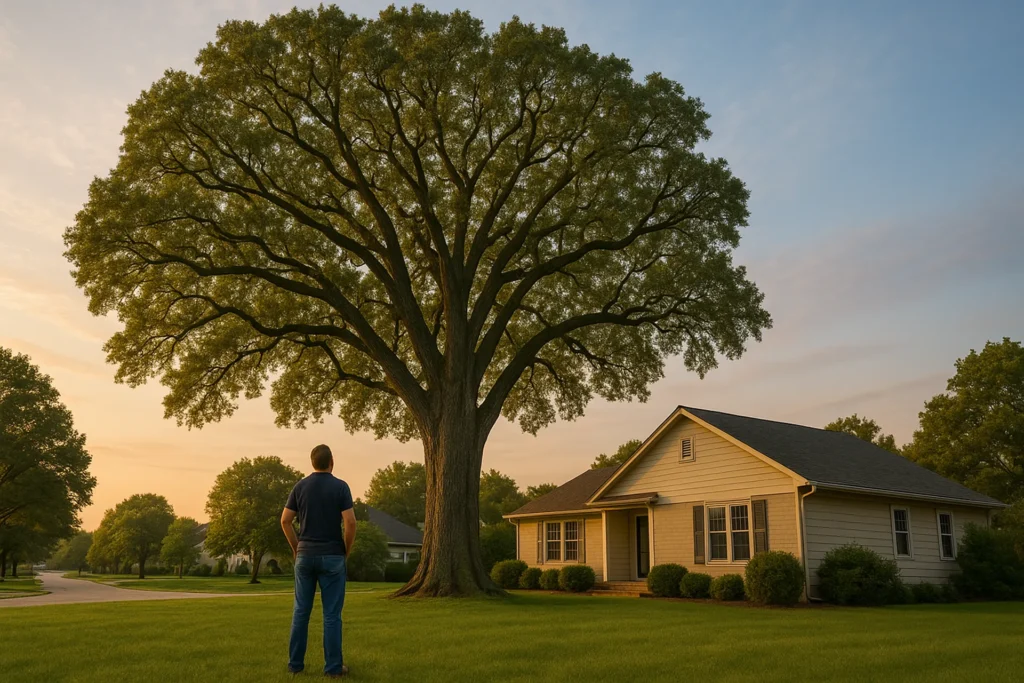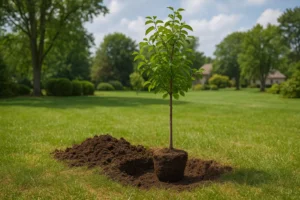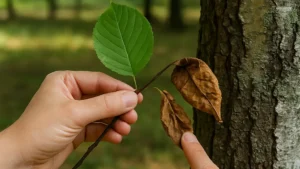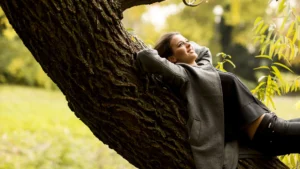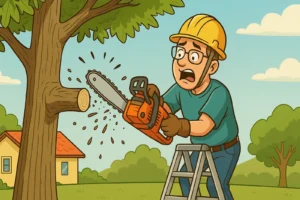Protecting Middletown’s Living Landmarks
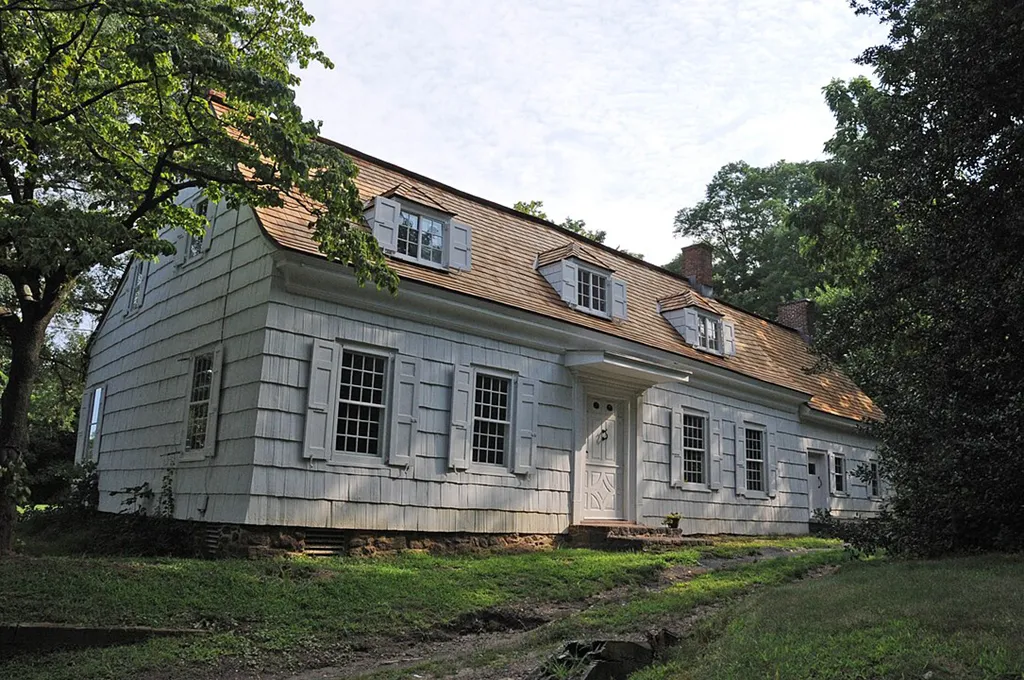
Middletown, New Jersey, is a town where the past is still very much alive, both in its buildings and in its trees. One of the most striking reminders of this history is Marlpit Hall, built in 1686, an enduring example of New England-influenced saltbox architecture. Walking past its weathered façade, you are reminded of just how long families have lived, worked, and planted their lives here. While Marlpit Hall has stood for centuries as a testament to careful preservation, Middletown’s natural history has grown in parallel. Towering oaks, sprawling sycamores, and graceful maples can be found lining the streets, yards, and parks across the township. Some of these trees are nearly as old as the Hall itself, living monuments that silently witnessed the same centuries of change.
From River Plaza, where colonial roads still wind past shaded yards, to Lincroft, where wide canopies stretch across suburban neighborhoods, mature trees define the rhythm of everyday life. In Chapel Hill, clusters of evergreens soften the ridges, while along Leonardo’s waterfront, sycamores spread their branches over modest homes with views of Sandy Hook Bay. Even in busier areas near Route 35, you can find giant shade trees anchoring neighborhoods and cooling homes in summer. They shape the landscape as much as any landmark, and their presence reminds residents that Middletown has always been a place where people and nature grow together.
These historic trees are not ornamental extras, but essential parts of the community’s character. They provide shade that lowers energy bills, offer shelter for wildlife, and bring beauty that no new planting can replicate. More importantly, they connect one generation of residents to the next. Just as Marlpit Hall requires attentive care to survive into the future, Middletown’s mature trees also need thoughtful stewardship. Without pruning, monitoring, and protection, even the strongest oak can weaken under the strain of storms, disease, or development. The trees that have stood through centuries deserve the same kind of care and respect we give to the town’s most treasured historic buildings.
Why Mature Trees Are So Valuable
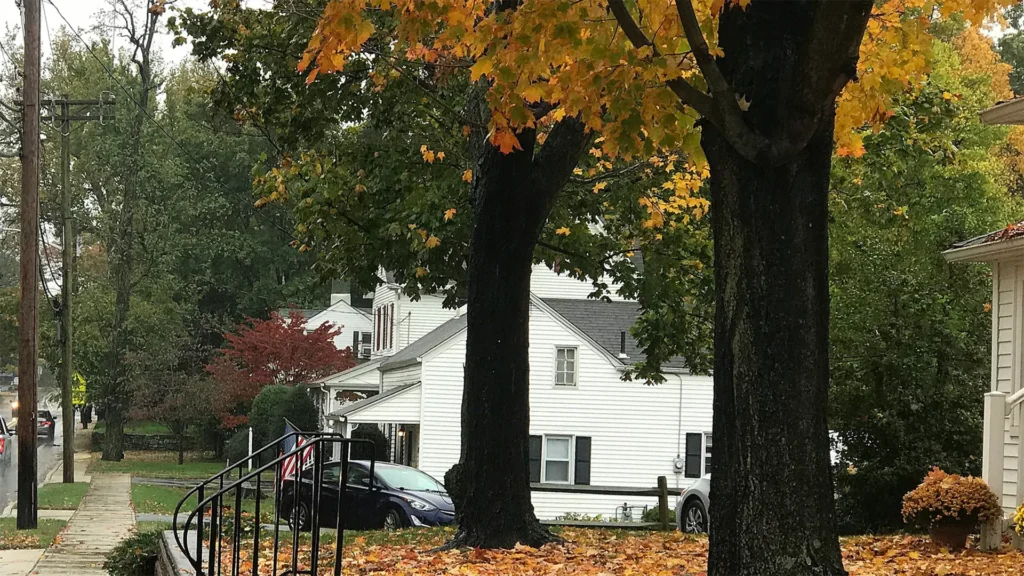
A mature tree on a property provides benefits that go well beyond appearance. Large canopies reduce energy bills by shading homes in summer and blocking winds in winter. Tree-lined neighborhoods often see higher property values because of the beauty and sense of stability they provide. In historic areas of Middletown Village or Navesink, many old-growth trees are tied to the town’s heritage, serving as natural markers of time and history.
Beyond aesthetics, older trees are important for the environment. They produce oxygen, filter pollutants, and provide habitats for countless birds and small animals. A single mature oak can support hundreds of species, making it an anchor of the neighborhood ecosystem. Preserving them is not just about curb appeal, it’s about maintaining the balance of nature in a suburban setting.
Risks Facing Middletown’s Older Trees
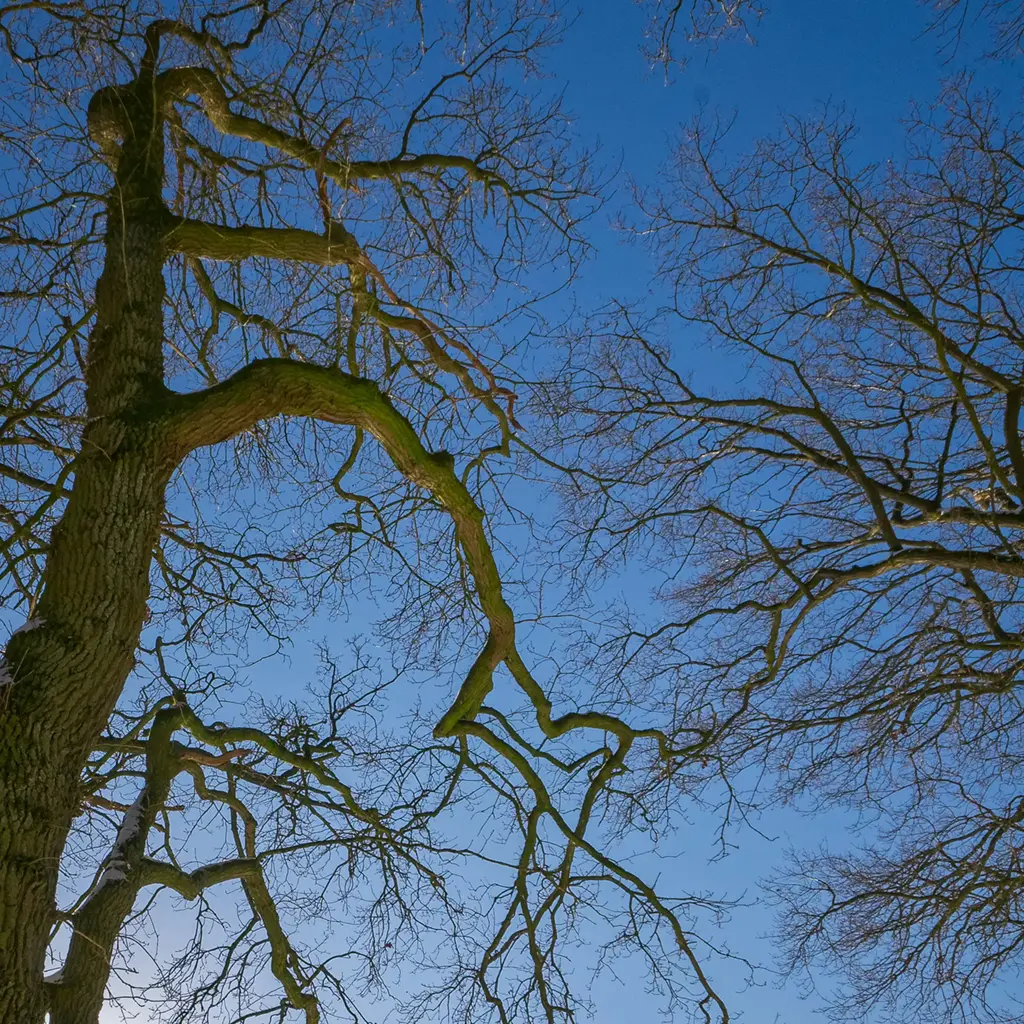
The coastal environment around Middletown presents challenges that can stress even the strongest trees. Nor’easters and Atlantic storms sweep across Sandy Hook Bay with heavy winds that strain tall, wide-branching trees. When the soil becomes waterlogged during these storms, roots lose stability, making older trees more vulnerable to toppling.
Development adds pressure as well. Construction, paving, and soil compaction limit root growth and cut off water and nutrients. Salt exposure near the Bayshore communities further weakens tree health. On top of that, pests and diseases target older trees that are already stressed, leaving them more prone to decay.
These risks make it especially important for homeowners to pay attention to the condition of their mature trees. Cracks in the trunk, hollow sections, or limbs that extend heavily over rooftops are warning signs that should never be ignored.
Middletown's #1 Tree Expert Company
FREE Inspection & Estimate | Certified Arborists | Trimming, Pruning, Removal, More!
Sponsored
Pruning and Structural Care
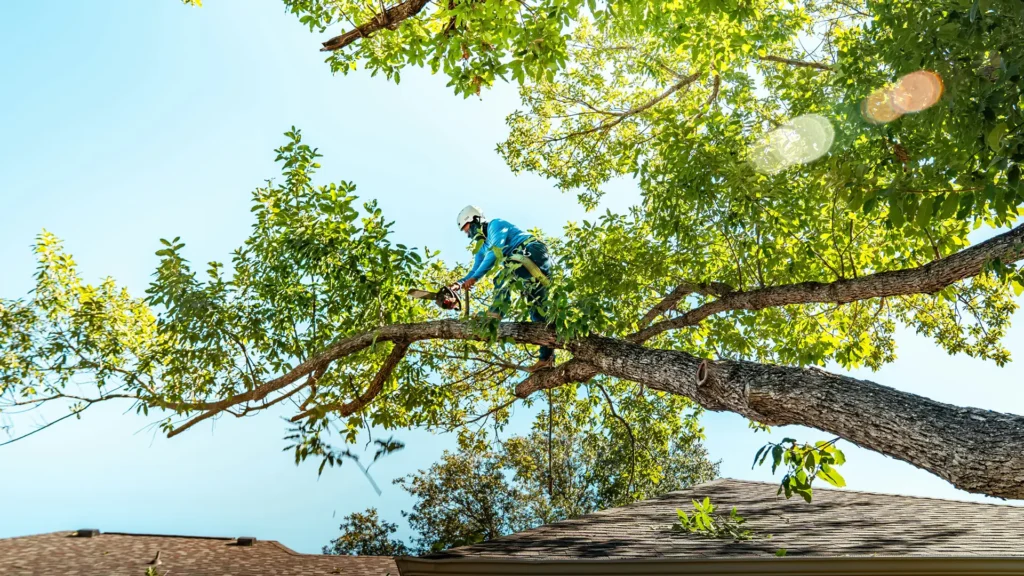
One of the most effective ways to extend the life of older trees is through careful pruning. Unlike younger trees that can handle more aggressive shaping, older trees require a delicate approach. The goal is to remove dead or weakened branches, balance the canopy, and reduce weight without compromising natural growth patterns.
In some cases, structural supports like cabling and bracing may help stabilize large limbs and reduce the risk of breakage. Seasonal timing also plays a role. In Middletown, pruning during dormant months, typically late winter or early spring, helps minimize stress and reduces the chance of disease. When done correctly, pruning not only improves safety but also allows sunlight and air to reach interior branches, keeping the tree healthy.
Restoring and Preserving Mature Trees
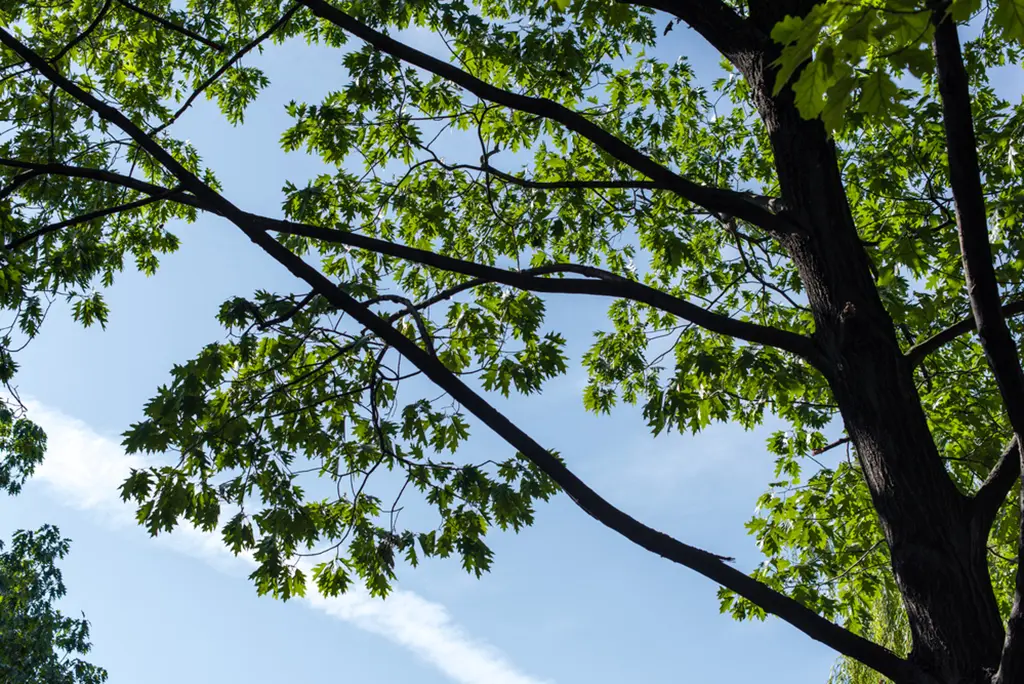
Mature trees that show early signs of stress can often be restored with proper care. Soil aeration improves root function by loosening compacted ground. Deep root fertilization replenishes essential nutrients, while mulching regulates soil temperature and moisture. These practices are particularly helpful in Middletown neighborhoods with heavy clay soil that tends to retain water.
Preservation is about balance. A hollow trunk or leaning tree doesn’t always mean removal, but a risk assessment should be made. In some cases, saving a tree may be possible with intervention, while in others removal may be the safest course to protect homes and families. The key is early action before a small issue turns into a dangerous problem.
When to Call a Professional
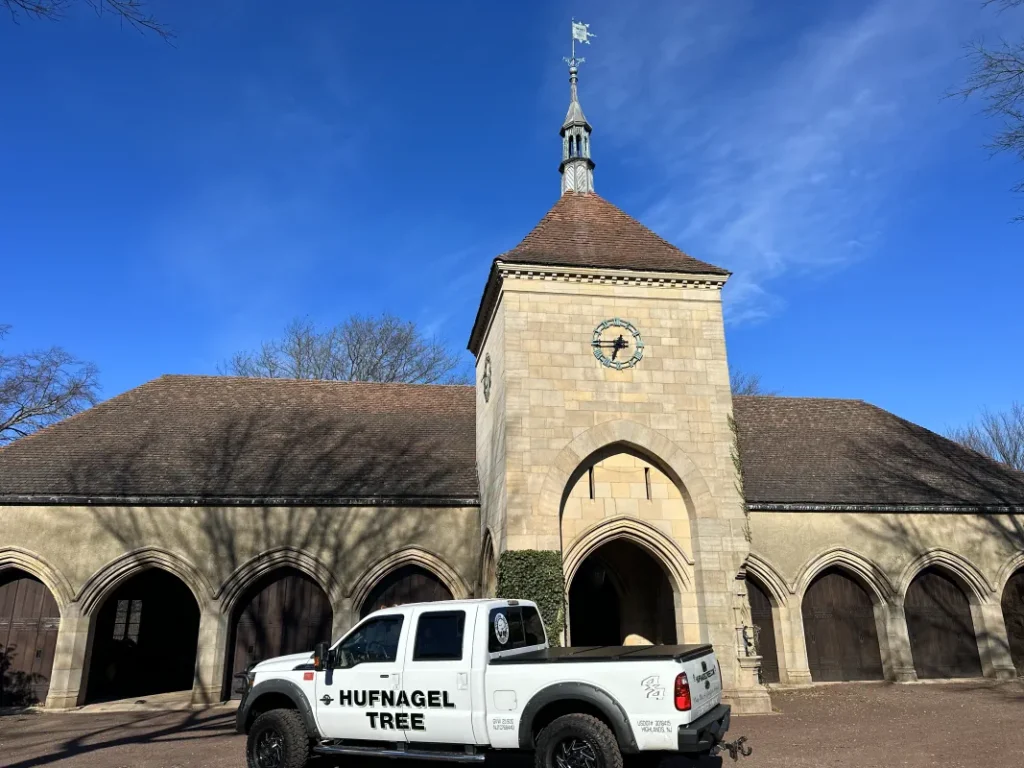
While regular observation and simple steps like mulching or watering can be handled by most homeowners, there comes a point where professional help is essential. Middletown’s mature trees can easily reach heights of 60 to 80 feet, with branches that extend over rooftops, driveways, and power lines. Working at that scale without the right training and equipment can be dangerous. Cracks in a trunk, hollow sections, or large limbs hanging over a house are clear signs that a professional evaluation is needed.
Another reason to call a specialist is storm preparation. Nor’easters and coastal winds often strike Middletown with little warning, and large trees with weak limbs are more likely to cause damage. A certified arborist can assess structural integrity, recommend pruning, or install support systems before bad weather arrives. Similarly, signs of disease—such as thinning canopies, unusual leaf drop, or visible fungi on the bark—require expert diagnosis to prevent spread and decline.
Even when a tree appears healthy, a professional risk assessment can uncover hidden weaknesses that homeowners would not notice. Older root systems may be stressed or compromised by soil compaction, while interior decay can weaken an otherwise solid-looking trunk. Professional inspections catch these problems early, which often means the difference between preserving a tree and removing it.
Mature trees are too valuable to leave to chance. Knowing when to step back and rely on expert care ensures that Middletown’s natural heritage remains intact. By combining day-to-day homeowner attention with occasional professional guidance, residents can keep their oldest trees safe, healthy, and thriving for generations to come.
